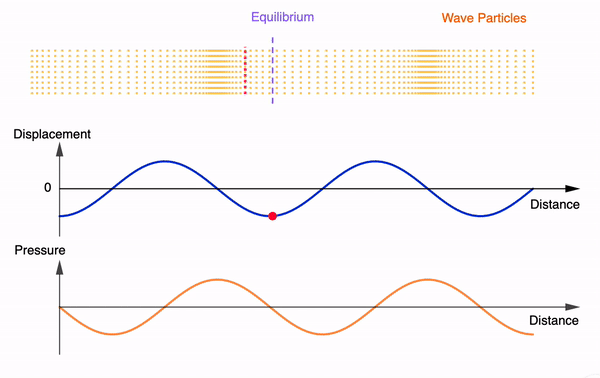There are two methods of calculating the energy released in a nuclear reaction, which will be demonstrated using an example. Consider the nuclear reaction:
$$^2_1H + ^3_1H \rightarrow ^4_2He + ^1_0n$$
The table below shows the values of mass and binding energy per nucleon.
| binding energy per nucleon / MeV | mass / u | |
| $^2_1H$ deuterium | 1.1122865 | 2.0141018 |
| $^3_1H$ tritrium | 2.8272737 | 3.0160493 |
| $^4_2He$ helium | 7.0739183 | 4.0026032 |
| $^1_0n$ neutron | 1.0086649 |
Method 1: Calculate difference in mass $\Delta m$ and take $E = \Delta m c^2$
$\Delta m$ = 2.0141018 + 3.0160493 – 4.0026032 – 1.0086649 = 0.0188830 u
$E = \Delta m c^2$
= 0.0188830 × 1.66054 × 10-27 kg × (2.99792 × 108 m s-1)2
= 2.8181 × 1012 J
= 17.589 MeV
Method 2: Calculate difference in binding energy
Changing in B.E. = B.E. of $^4_2He$ – (B.E. of $^2_1H$ + B.E. of $^3_1H$)
= 4(7.0739183) MeV – [2(1.1122865) + 3(2.8272737)] MeV
= 17.589 MeV
